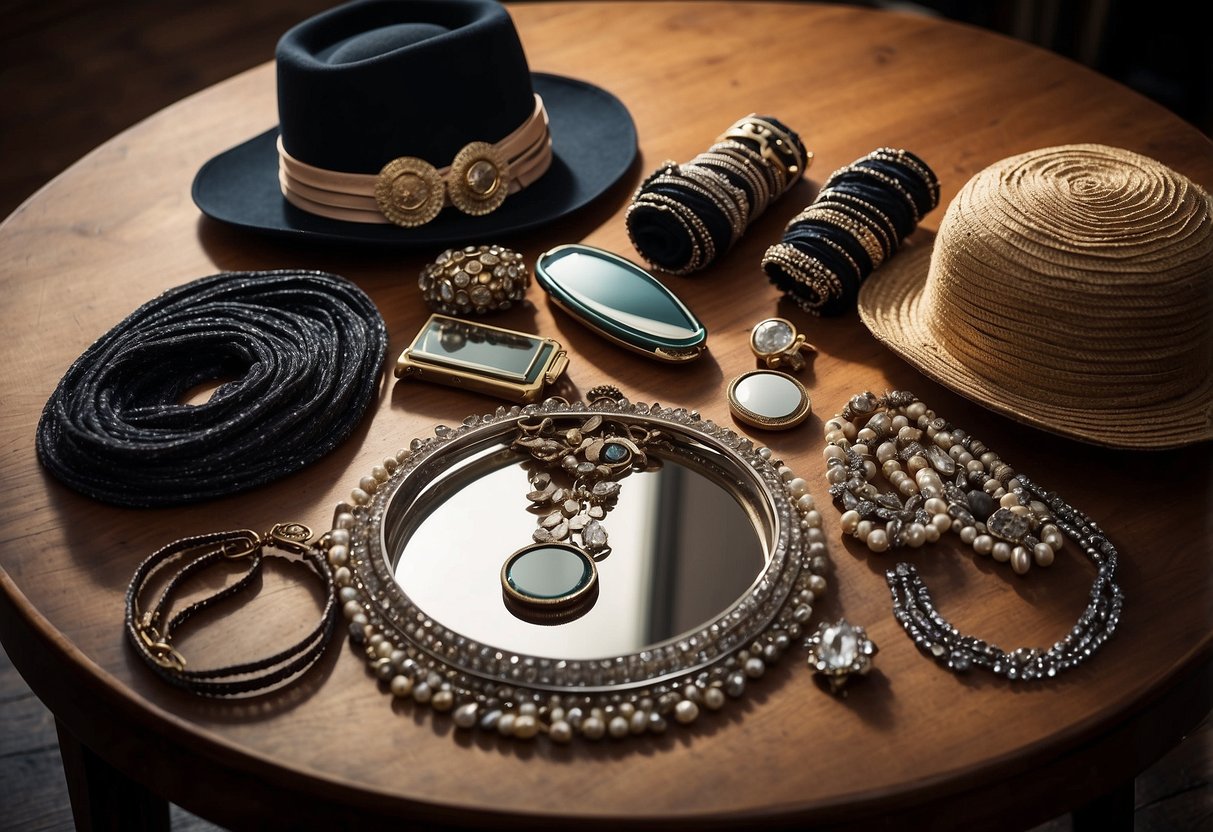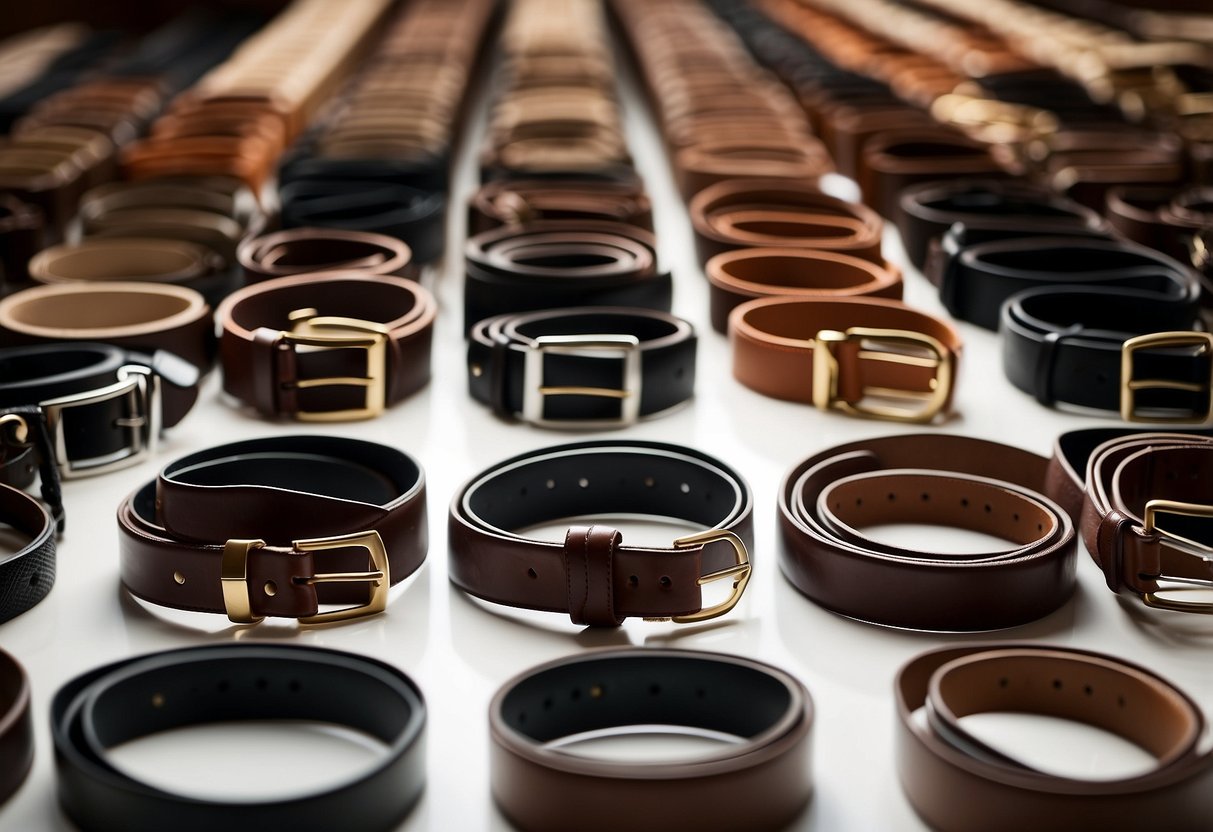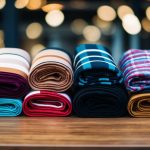
Scarf Tying Techniques
Scarves can be wrapped, tied, or draped in various ways to suit the occasion and outfit. The simple loop is effortless yet elegant, looping the scarf around the neck with ends dangling. The Parisian knot offers a sophisticated look by folding the scarf in half and threading the ends through the loop.
The infinity loop involves tying the ends together to create a continuous circle, which can be doubled around the neck. The basic drape, where the scarf is hung around the back of the neck without tying, delivers a relaxed appearance. For a layered look, the loop and tuck—looping around the neck and tucking ends under the loop—is ideal for smaller scarves.
Selecting Ties for Occasions
Choosing the right tie depends on the event and outfit. For formal events, silk ties in solid colors or subtle patterns are preferred. They convey elegance and are appropriate for black-tie affairs. Striped or checked ties, on the other hand, are more suitable for business environments, adding a professional touch without being overly flashy.
For casual settings, knit ties offer a relaxed yet stylish option, pairing well with casual blazers and shirts. Skinny ties are trendy and youthful, fitting for evening outings or creative workplaces. Matching the tie width to the lapel width of the jacket is crucial to maintaining a balanced look.
Belts: The Functional Statement Piece

Belts offer both utility and style, effortlessly tying together an outfit. They can enhance the look of shoes or feature unique buckle designs suitable for various occasions.
Matching Belts with Shoes
Matching a belt with shoes is a classic approach that ensures a cohesive look. If wearing black shoes, a black leather belt creates a polished appearance. Brown shoes pair well with belts in similar shades of brown, from tan to dark mahogany.
For casual outfits, a fabric or braided belt can be paired with casual shoes or sneakers. When sporting more colorful footwear, consider a belt that incorporates similar tones without being overly matchy-matchy. This guideline applies to both men’s and women’s fashion, creating a balanced, harmonious outfit.
Belt Buckle Styles and When to Wear Them
Belt buckle styles vary greatly, impacting the overall look of an outfit. A standard, minimalist buckle works well for professional attire or formal events. These buckles are typically simple in design, ensuring they don’t distract from the rest of the outfit.
For casual settings, buckles with more elaborate designs, such as engraved or oversized buckles, can add a touch of personality. Western-style buckles, often larger and intricately designed, are best suited for informal events or themed occasions.
Choosing the right buckle involves considering the context and ensuring it complements the rest of the outfit, maintaining a stylish yet coherent appearance.
Hats and Hair Accessories: From Top to Bottom
Choosing the right hat or hair accessory can transform an outfit, making it more stylish and polished. Here’s how to select the perfect hat for your face shape and the ideal hair accessories for different hair lengths.
Finding the Perfect Hat for Your Face Shape
Selecting a hat that complements your face shape is crucial for achieving a balanced look. People with oval faces have the advantage of pulling off various hat styles, from wide-brimmed hats to beanies.
Those with round faces should opt for hats with high crowns or angular lines to add height. People with square faces look best in hats with round edges, like floppy hats or cloches, to soften strong jawlines.
Heart-shaped faces benefit from hats that balance their narrower chins, such as fedoras or sun hats with wide brims. Oblong faces can look more proportional with hats that add width, like newsboy caps or cowboy hats.



